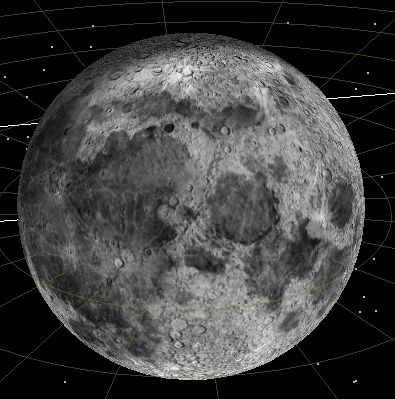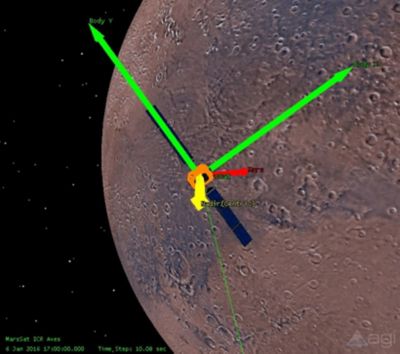-
-
학생용 무료 소프트웨어에 액세스하기
차세대 엔지니어에게 힘을 실어주는 Ansys
학생들은 세계적 수준의 시뮬레이션 소프트웨어를 무료로 이용할 수 있습니다.
-
지금 바로 Ansys에 연결하십시오!
미래를 설계하기
시뮬레이션이 다음 혁신을 어떻게 지원할 수 있는지 알아보려면 Ansys와 연결하십시오.
국가
무료 트라이얼
제품 및 서비스
학습하기
회사 정보
Back
제품 및 서비스
ANSYS BLOG
February 17, 2023
How to Plan a Lunar Mission with Ansys STK
It has been 48 years since Apollo 17, the last crewed lunar mission, safely returned astronauts to Earth. In the nearly five decades since then, there have been fewer lunar missions than in the 1960s alone. It’s about time that changed, and we’re here to help make it happen.
Ansys Systems Tool Kit (STK) provides an excellent modeling and simulation platform to plan your mission — along with its systems and sequences — from start to finish, including launch, maneuver planning, b-plane targeting, interplanetary attitude, and lunar terrain analysis.
Design a Moon Mission
To quickly begin planning a lunar mission from launch to lunar orbit, check out this video tutorial from the Ansys YouTube channel that introduces the example Astrogator capability segment, “Earth to Moon.” This segment provides an easy basis to design a lunar mission for a specific launch date, parking orbit altitude, and lunar orbit.
For those looking to dive further into the details of translunar injection targeting, you can find a tutorial on the STK Astrogator capability explaining b-plane targeting for lunar missions in STK Help.


In addition, if you want to fine tune the launch segment of your lunar mission, the Astrogator Launch segment Help topic can be of great use.
Lunar Mision Planning
Getting to the Moon is only part of lunar mission planning; the tasking of a satellite once at the moon is just as essential. STK also makes this part of the planning very accessible. If you’d like to change the reference frame of the Moon from mean Earth to fixed frame or principal axes frame, you can learn how to edit the text file that determines this setting in this FAQ.
You can also adjust the attitude of the spacecraft relative to the Moon after arriving from a translunar injection using STK’s Analysis Workbench capability. You can insert a satellite directly into a lunar orbit by selecting “Planetary Options” in the View tab and changing the Central Body of the object (when you select it in Insert New Window) to “Moon.” This can be helpful for splitting your lunar mission into two parts for independent trade studies or subsystems analyses.

One very useful STK feature for lunar mission planning is the ability to import lunar terrain files in the form of PDS data. Importing lunar terrain can improve the visualization of your scenario and the quality of your analysis, specifically for lunar landing missions or for lunar surface remote sensing missions. You can find a video that outlines the process of importing publicly available lunar terrain data from the Lunar Reconnaissance Orbiter on our YouTube channel. The combination of high-resolution lunar terrain data and STK’s suite of objects and reports enables you to create accurate representations of lunar-surface line-of-sight access, revisit time, lighting times, and communications capabilities.
Putting the Pieces Together
We recreated the Apollo 11 landing using the concepts and features mentioned here. This video serves as a good resource for designing a mission with a lunar landing.
Using the resources outlined above, it is possible to create detailed lunar mission scenarios that encompass many subsystems and provide novel insights. With STK, planning and executing a lunar mission is more attainable than ever before.
Be sure to check out our lunar mission webinar series and other YouTube resources.
- Why Lunar Missions are Different (Than LEO/GEO Missions)
- Revisting Apollo 13 in STK
- Lunar Trajectory Planning
- Lunar and Cislunar Orbit Determination Webinar
- Leveraging Cislunar Flight Experience Webinar
To learn more about how Ansys STK can help you plan lunar missions, visit our digital mission engineering page.